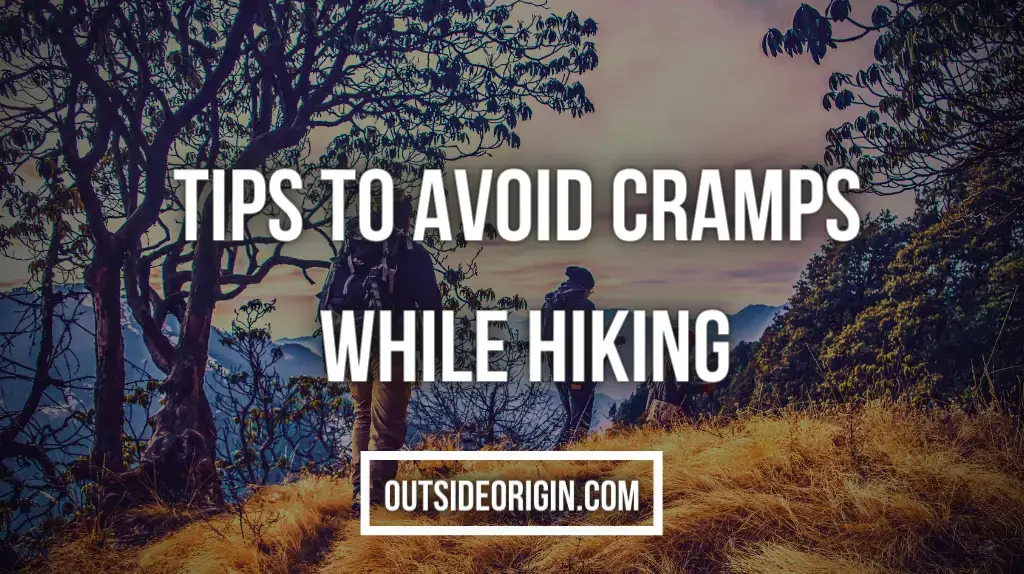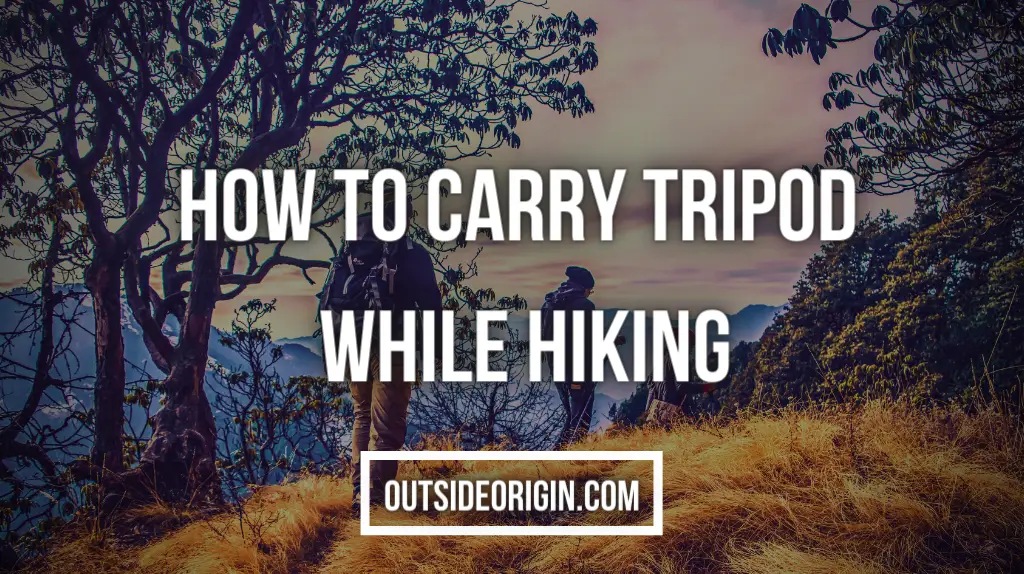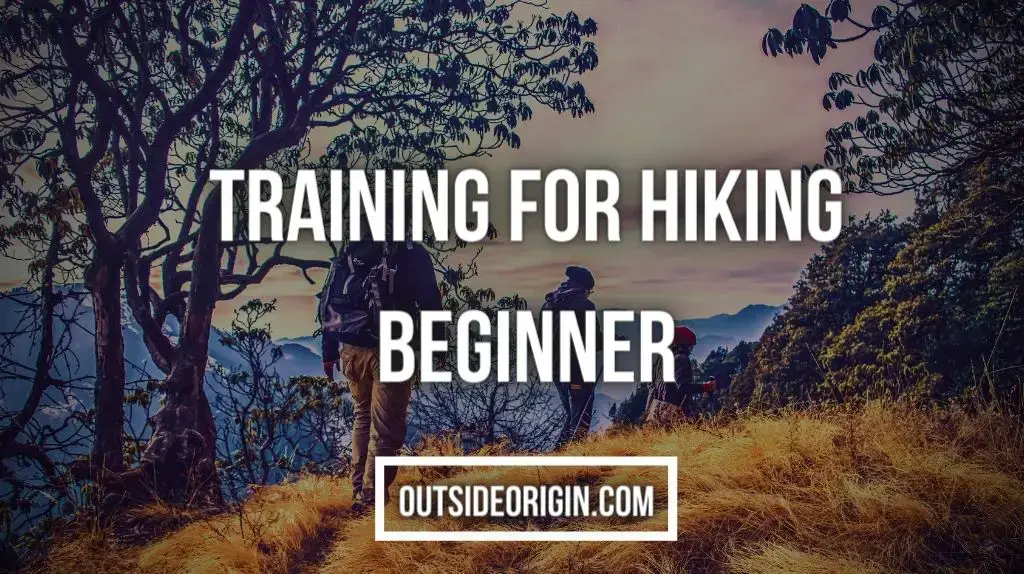Involuntary, excruciating muscle contractions are known as muscle cramps, and practically every athlete has suffered from them at some point in their career. Muscle cramps are a common occurrence for some people, while others are more susceptible to them.
Cramps are more likely to occur towards the end of grueling workouts or endurance sports due to exhausted muscles. Cramps are more common in novice athletes because they exhaust more quickly than more experienced athletes.
You can avoid cramping by gradually increasing the intensity of your workouts. Cramps are more likely to occur when you’re hot and unfamiliar with it. Take it slow when the weather warms up and you can start working out in the sun.
Why Do My Legs Cramp Up While I’m Out Hiking?
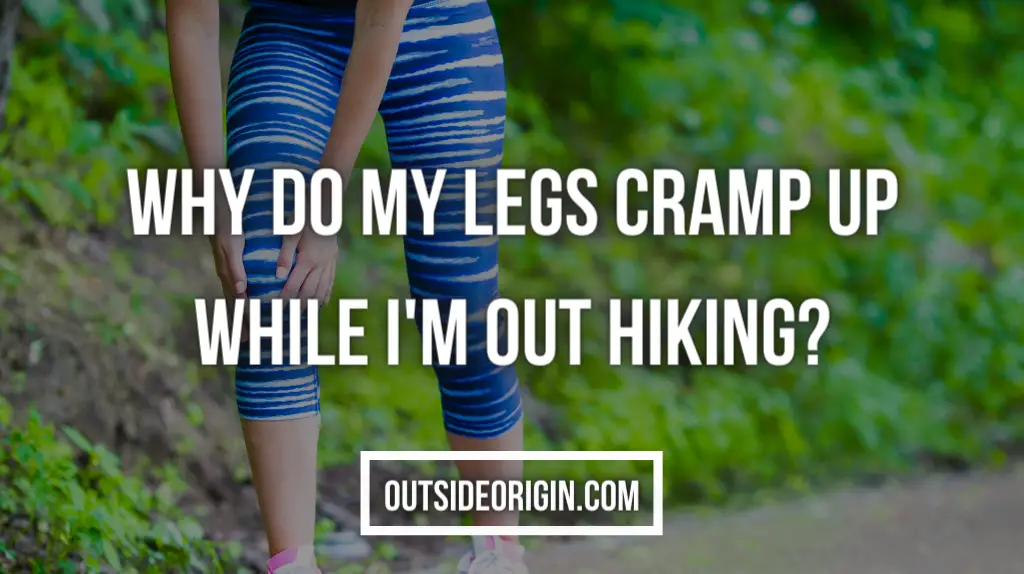
When hiking, the leg muscles require more oxygen than when they are at rest. Consequently, if you don’t get enough oxygen to your leg muscles during physical activity, they begin to ‘cramp’.
In most cases, the pain subsides after a few minutes of resting your legs. Walking up an incline exacerbates the problem. One or both legs may hurt, and the discomfort could be more intense on one side than the other.
Why Do Muscle Cramps Occur?
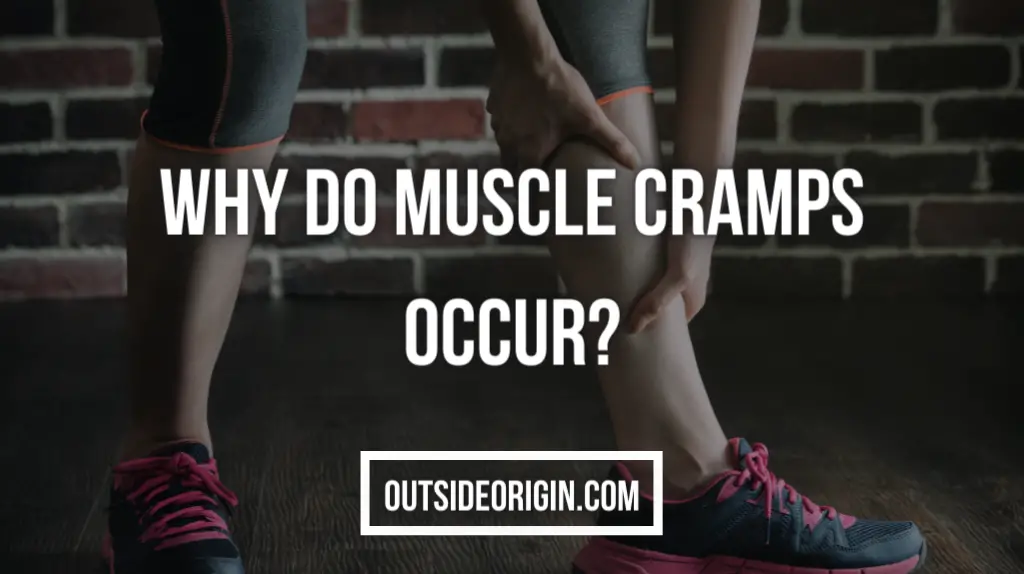
When compared to our usual weather, that day on the mountain was noticeably warmer than usual. As if that wasn’t bad enough, there wasn’t a breeze to assist you stay cool.
Climbs of this nature usually begin with a fair bit of walking, and once you reach the peak, the ascent becomes quite steep.
How do you think cramps get started? Muscle cramps are usually caused by a combination of factors:
- Dehydration
- Deficiency in electrolytes
- Exhaustion or overwork
Keeping an eye on all of these variables is essential whether undertaking a climb or a walk.
The 7 Best Ways To Avoid Muscle Cramps While Hiking
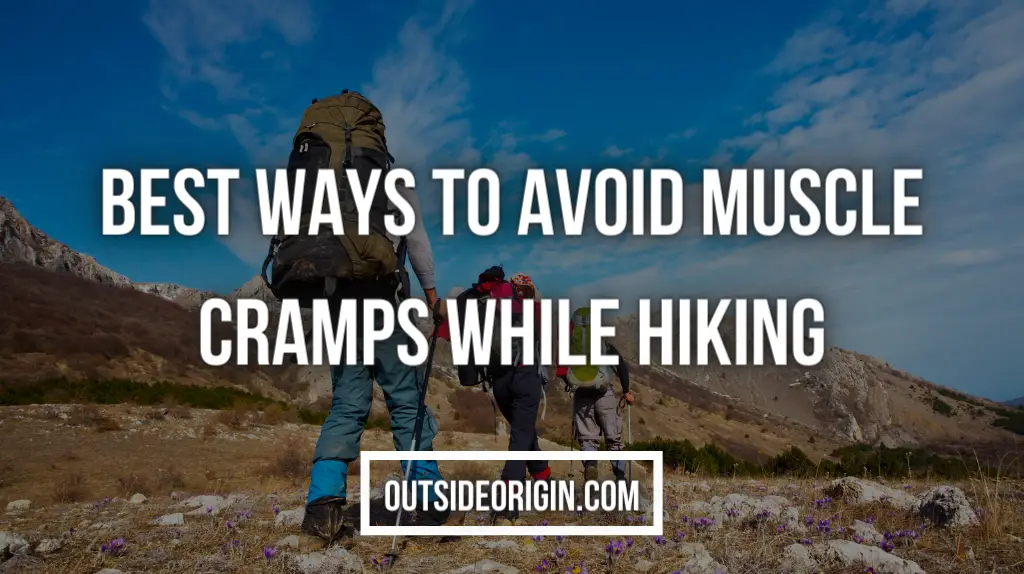
Below are 7 ways you can avoid getting muscle cramps while hiking!
1. Hydration Is The Key
It’s easy to lose track of how much water we’re losing through perspiration when we’re hot or working hard. When exercising, the average person loses between 25 and 48 ounces of water every hour!
Dehydration often goes unnoticed until it is too late, even though we all know how crucial water is for our bodies. If your mouth is already drying up or you’re always thirsty, you’re already behind schedule in replacing your body’s liquids.
Water is essential to every bodily function because the human body is 60-75 percent water. We can use it to produce energy, muscular function, and joint lubrication when trekking.
Muscle activation can be reduced by up to 15% with a 2% decrease in hydration! Your ability to climb the mountain has improved significantly. Typically, muscle cramps begin to develop at a level of dehydration of 5%.
2. Sodium Chloride Is Essential Too
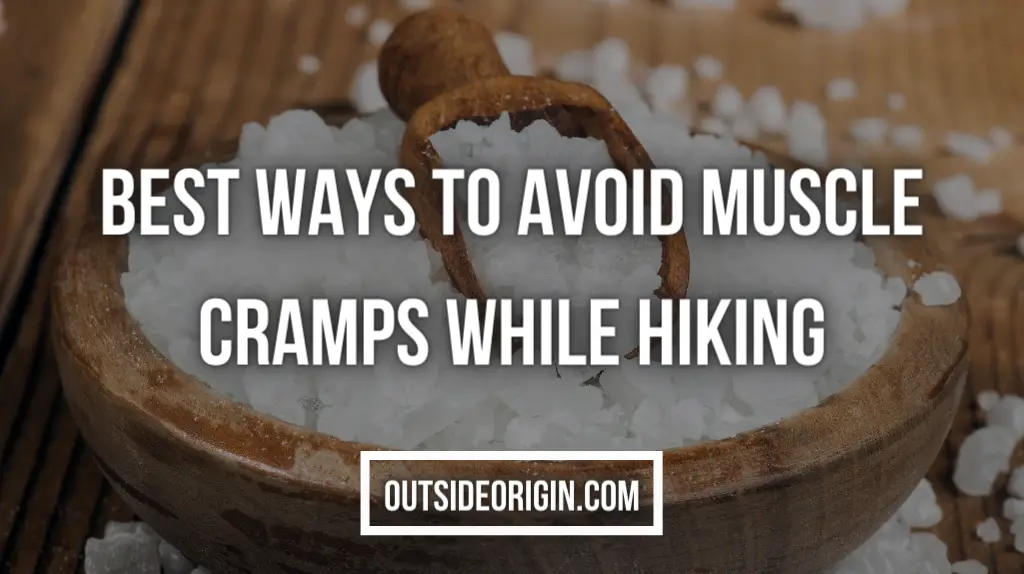
Fluids aren’t the only ones responsible for ensuring that your body’s fluid balance remains stable. The movement of fluids within and between cells is controlled by electrolytes. Sodium is the most important electrolyte during exercise.
The sodium chloride in table salt is a good example of this substance. More sodium than any other electrolyte is lost through perspiration. Sweating removes water and salt from the body. Water replacement without sodium can result in hyponatremia, a dangerously low blood sodium level.
Hyponatremia can also occur as a result of excessive sweating and the consequent loss of salt from the body. Endurance training or excessive perspiration during the course of the day are the most common culprits. Hyponatremia can cause muscle cramps, which can become life-threatening if not managed.
3. Consume A Balanced Diet To Keep Muscles Well-Fed
Nutrition seems to be the one area of health that most individuals attempt to avoid at all costs. For some reason, this seems to be the case. Since our entire body depends on what we eat for energy, this is a serious issue. If we don’t get the proper nutrients in, some systems will malfunction.
So, if nutrition and nourishing the body are important to us, what should we eat? Everything from rigorous veganism to extreme ketosis—and everything in between—is available as a diet option.
For example, muscle growth and repair require protein. The majority of this process, though, takes place when we aren’t working out.
Before and after a journey, your protein needs are particularly critical. Protein is an important nutrient to consume in moderation. It’s recommended that people consume 0.6-1g protein per pound of body weight.
4. Boost Your Overall Endurance
As hiking and climbing become easier with practice, it should come as no surprise. To avoid cramping, it’s a good idea to complete your training in a variety of environments. Most people assume that “training” just refers to how often we work out or go to the gym.
Using a weighted pack on the stair stepper while training for a long trek will help you build up your endurance. It’s also possible to go on training treks where the height isn’t quite as high as the actual climb, but you can carry a lot of water in a pack to help you build up your stamina.
5. Consume Plenty Of Carbohydrates

Carbohydrate deprivation can cause muscle cramps as well. During physical activity, carbohydrates are the primary source of energy. There is a limited supply of glycogen in our muscles that can be used to fuel our workouts.
Once we’ve exhausted our glycogen supply, we’re at danger for muscle cramps. Carbohydrate (or energy) is needed by the muscle to contract and relax. Muscle relaxation is compromised and a cramp arises when there is insufficient fuel circulating as we continue to exercise and contract our muscles.
Glycogen reserves are depleted after 60-90 minutes of exercise. As a result, carbohydrate should be consumed before, during, and after any activity lasting more than 60 to 90 minutes. Exercising for 45 minutes at a high intensity might deplete glycogen stores. Preparing for endurance or severe exercise requires a carbohydrate-rich lunch or snack.
6. Makeshift Foam Rollers
It’s a common belief that a foam roller can assist ease tightness in your muscles by applying compression to adhesions (knots) in your muscles. To warm up or cool down, this is a fantastic choice.
If you can’t find a proper foam roller or tennis ball, you can usually improvise one. As long as it’s something that’s not too big, you’re good to go. If nothing else seems to be working, try putting your homemade roller beneath the cramp and putting some pressure on it.
7. Take Care Of Your Electrolyte Balance

Electrolytes are minerals that aid in the transmission of nerve impulses, the contraction and relaxation of muscles, and the maintenance of adequate hydration. Electrolytes are essential for the healthy functioning of the human body.
A fortunate fact is that the vast majority of us don’t spend hours a day engaged in severe activity that entirely depletes our electrolytes. The absence of cramping does not, however, imply that your electrolyte levels are sufficient.
Muscle contractions are caused by calcium, which is the primary mineral in the body. In comparison to other electrolytes, calcium is particularly easy to overdo in the body because of our large calcium storage region (i.e., our bones).
Your body grows more acidic as you workout. This helps to alkalize your body and reduce the acidity by mobilizing calcium.
Taking magnesium supplements might help calm your muscles. There are times when it’s tough for the muscles to relax if our magnesium levels are low. Magnesium and Calcium operate in tandem to help the body function properly.
Sodium and Potassium are essential for the movement of water and fluids in and out of cells, as well as for neurons and muscles to communicate with one another. Muscle contraction and relaxation are dependent on the presence of both minerals.
Conclusion: Final Thoughts!
To sum it up, you can profit from these steps even if you don’t get muscle cramps while hiking. Almost everyone’s electrolyte balance can be improved while hiking, especially since most of us don’t have the same food options as we do at home.
Staying hydrated is essential for everyone who has ever been dehydrated. In addition, getting water does not have to be tough!
Hiking will be easier if you are in top physical condition and have trained to be ready for anything that may come your way. And don’t forget to eat foods that are rich in nutrients! You’ll definitely have a pleasant experience on the road if you follow these tips.
Can You Do Me A Small Favor?
We have put a lot of time & effort into writing this post to provide you with the best info out there.
It’ll help us out if you could consider sharing it on your social media networks. You are also allowed to take any photo you want from our blog as long as you credit and link back!
Appreciate it! ❤️️
I am Jordan James, I am a writer and researcher over here at Outside Origin. I love spending time in nature and just being outside. I have hiked many trails such as the Appalachian Trail, Pennine Way, Half Dome to name a few.

